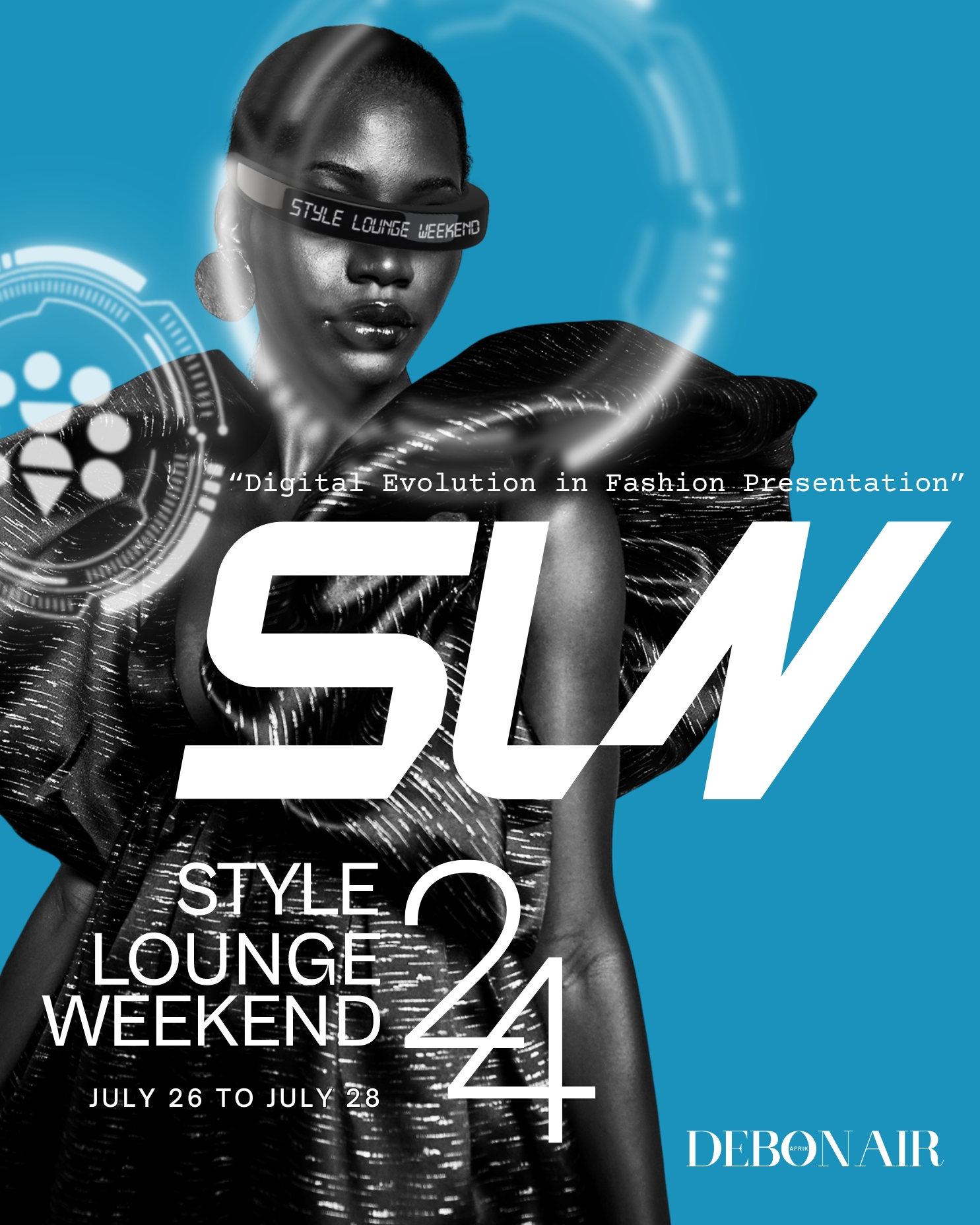
The trending usage of collection to send a political statement by fashion designers is one that is gaining much recognition. Fashion as a voice just like music has the power to cause a stir in the ever evolving human civilization. Throughout history, there have been many instances where fashion was used as a political statement to send out a message particularly to the authority.
The Afro

During the history of slavery in the United States, most African-Americans styled their hair in an attempt to mimic the styles of the predominantly white society in which they lived. In the 1960s and ’70s the Afro was adopted by both men and women and was a hairstyle that was due to the effect of the Civil Rights Movement, which brought a renewed sense of identity to the African-American community. This cultural movement marked a return to more natural, untreated hairstyles. The Afro became a powerful political symbol which reflected black pride and a rejection of notions of assimilation and integration. Similarly, African nationalists were irritated by the Afro’s adoption by African Americans as a symbol of their African heritage; they saw this trend as an example of Western arrogance. In contrast, the Afro’s popularity among African-Americans had already started to wane by the early 1970s. The introduction of the Afro to the mainstream and its adoption by people of non-African descent caused the Afro to lose its radical, political edge.
The Black Dandy

In Europe, dandified slaves had for the most part lived with masters in individual households, making their “masquerade” as elites much easier to manage. Blacks in fancy dress in the American colonial period therefore could either be a part of the luxury slave in which slaves and free people wore their master’s clothing, symbolizing a temporary, joyous power exchange. The dandyism on display allowed blacks and whites to imagine the potential of the enslaved, to visualize black social and economic mobility, education, and equality. These thoughts were so threatening for the majority that repressing them became a national concern.
Boot Lace Color Codes

In 1973 some groups of bareheaded youths, both black and white, started the practice known as “Paki bashing.” Viciously attacking South Asian immigrants in the UK became an ugly fad in the late ’60s that carried over into the early ’70s, when many skinheads started to take an active interest in the rise of the National Front, a white nationalist group. To help identify which ones were National Front sympathizers, skins took to color-coding the laces on their boots. Codes varied from town to town, but generally, white laces on a black boot meant you were a white power skinhead—and red laces sometimes meant you had spilled blood for the white power movement.
LGBT Fashion

LGBT is and has always been a sensitive issue in most communities. Since the legalization of the LGBT by the past Obama’s Admistration, there has been a lot of fashion trends associated with the movement. From the rainbow colored flag to cross dressing by both genders. The Androgynous trends have been associated with fasmous designers such as Grayson Perry, Andrej Pejic and David Williams. Fashion designers who support the movement showcase their unique collection on runways without fear of stigmatization as it wouldn’t have been possible a few years back.
Modern Trends

This includes politically bold statements inscribed in front of t-shirt and worn openly and freely. The said statement worn emphasizes on the democracy and freedom of speech practiced in the country.


